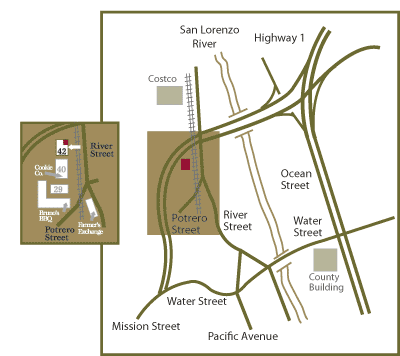Category Archives: Acupuncture & Wellness Blog
Exercises for Knee Pain
Chronic knee pain can arise from a variety of problems, many of which will respond to appropriate exercise. The goal of these exercises is to strengthen the muscles on the medial aspect of the thigh and knee (the sides of the knees that touch if you squeeze them together) :
- In a seated position, sit upright and evenly, so that your soles of you feet are both touching the floor. Then, press both feet into the floor as if you are about to stand up but don’t. Stay seated, continuing to press your feet onto the floor. Feel the muscles at the inside of your thighs tighten up to the inside of your knee-caps. Maintain this contraction for a breath cycle, then relax. Repeat 30 times at least once an hour”or more often if you can remember. Try this whenever you’re sitting at a desk or table, or on a couch or chair.
- When standing in line for a movie or at a store, talking on the phone, etc.: practice balancing on one leg at a time, while locking both knees by tightening the muscles on the front of your thighs, pulling your kneecaps upwards and completely straightening your knees. Simultaneously tighten your buttock on the stance leg, so that you are standing upright and not swaying in any direction. Now, slowly kick the un-weighted leg out in front of you as high as you can (like goose-stepping), then bring it back down, while maintaining both knees completely straight and locked the entire time. Repeat 30 times with each leg at least once an hour” or more often if you can remember.
Rationale: These exercises strengthen the inside quadriceps by using them to straighten the knees and to keep them straight against gravity. Persistent weakness of the inside quadriceps muscle commonly occurs after knee injuries, and can also result from unconscious postural habits and/or genetics. Medial quadriceps weakness and medial knee hyper-mobility often trigger reflexes that tighten up the lateral (outside) quadriceps in an attempt to stabilize the knee, which over time results in a self-exacerbating imbalance between painfully stiff and over-used outside thigh muscles, and weak, under-performing medial knee muscles. Both acute injuries and chronic tendonitis and arthritis can arise from knee muscle imbalances.
Exercise effects: Repeating these exercises frequently, even without weights or resistance, helps to €œturn on€ the medial quadriceps so that it becomes more used during walking and other activities, and breaks the cycle of under-use that leads to atrophy, pain and further weakness. Re-balancing the inside and outside thigh and knee muscles can help reduce pain, restore function and reduce risks of further knee problems.

